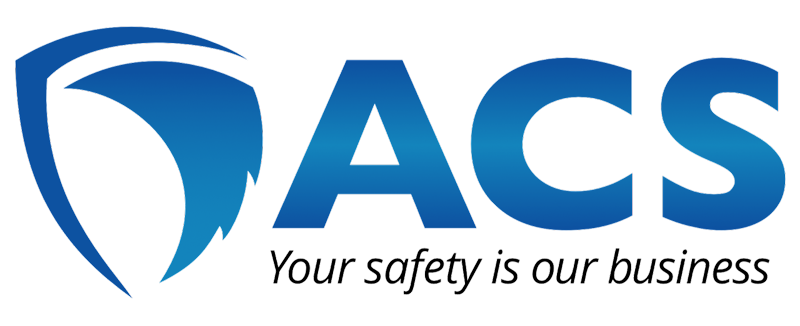What We Have Here is a Failure to Communicate
OSHA issued more than 2,500 citations under its Hazard Communication (HazCom) Standard in fiscal year 2024. OSHA HazCom violations involve employers failing to properly communicate chemical hazards in the workplace such as inadequate container labeling. Other common violations include missing Safety Data Sheets (SDS), insufficient employee training on handling hazardous chemicals, and failure to develop or implement a written program. Violations of OSHA's HazCom Standard requirements consistently rank among the top five, year after year.
A violation of the labeling requirement is considered a serious violation, and penalties can range from several thousand dollars to over $150,000 per violation, especially for willful or repeated violations.
Perform an Audit of Chemical Container Labels
Are all containers of hazardous chemicals in the workplace labeled, tagged, or marked with product identifiers, signal word, hazard statement(s), pictogram(s), precautionary statement(s), and supplier contact details? [29 CFR 1910.1200(f)(1)]
Are secondary containers not for immediate use labeled with the product Identifier and words, pictures, symbols, or combination thereof, which convey the hazards of the chemical? [29 CFR 1910.1200(f)(6)]
Are workplace labels or other forms of warning legible, in English and prominently displayed on containers? [29 CFR 1910.1200(f)(10)]
Is removal or defacing of labels on incoming containers of hazardous chemicals prohibited? [29 CFR 1910.1200(f)(8)]
Take Action to Resolve Issues
Communicate and train workers how to recognize and understand information on hazardous chemical labels and SDS. Review your training records to ensure all employees who have an exposure or a potential for exposure to hazardous chemicals are fully trained.
Perform periodic chemical inventories to maintain a thorough and up-to-date list of all hazardous substances in the workplace. Include both active and stored chemicals, ensuring each has an accompanying SDS for proper handling and compliance.
Conduct regular audits to verify that all chemical containers are properly labeled. Be sure to check all labels for legibility and accuracy; replace label if necessary.
Establish clear procedures for properly labeling all secondary containers immediately upon transfer from the primary container and train workers on how to do so. Ensure secondary container labels (pre-printed or user-defined) are available and utilized.
Feel free to use this as a Toolbox Talk with your employees and post it.
Contact ACS to schedule HazCom training (recommended every other year).

